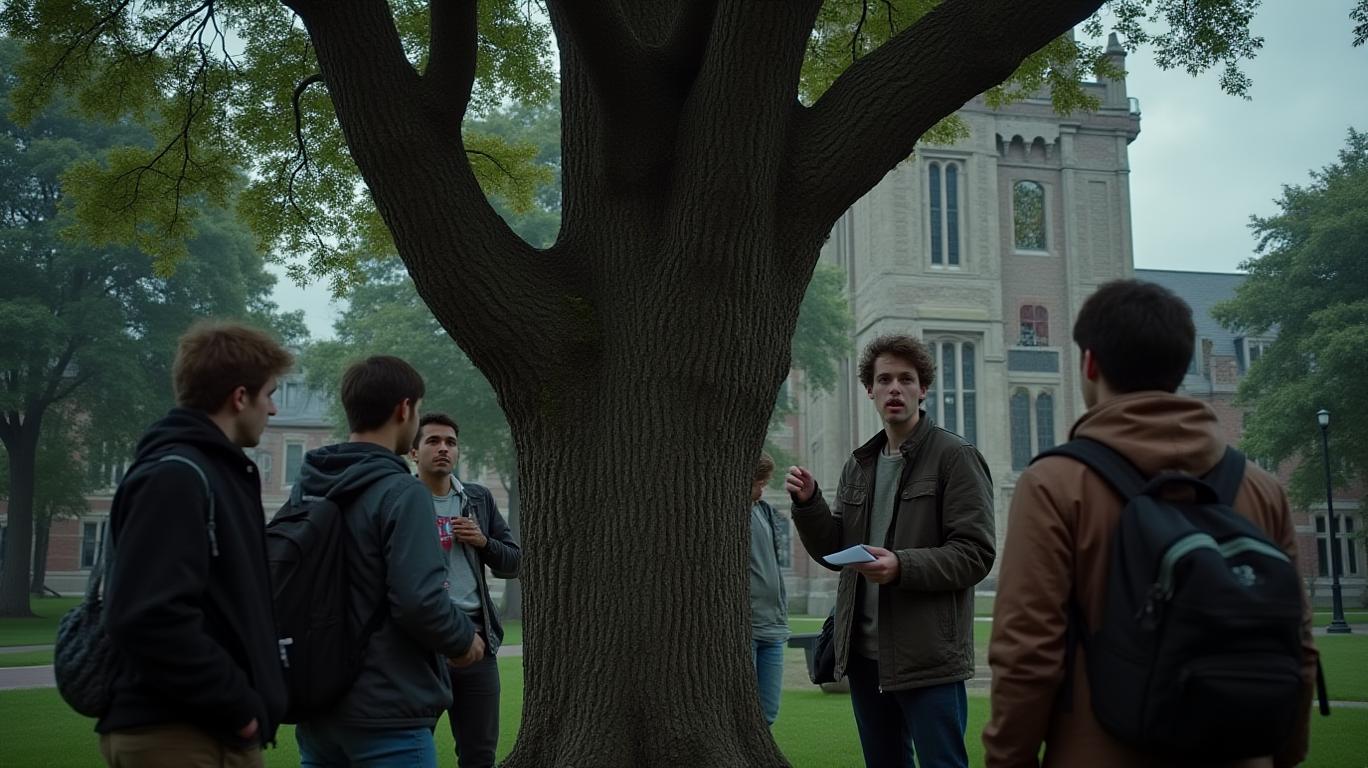State School Isn’t Always Your Cheapest College Option
The conventional wisdom that attending a public in-state college is the most cost-effective path to a degree is being upended by shifting tuition trends, financial aid dynamics, and regional disparities. While public institutions remain cheaper on paper, the net price after grants, scholarships, and discounts often narrows—or even reverses—the cost gap with private colleges. This reality has profound implications for students, families, and investors in the education sector.
The Sticker Price vs. Net Price Divide
Public four-year colleges charge an average $11,260 in tuition for in-state students, while private nonprofits demand $41,540 upfront. But when adjusted for financial aid, the gap shrinks dramatically. For example:
- Princeton University reduced its $57,410 tuition to an average net cost of $17,464 through need-based grants.
- Berry College (GA) slashed its $39,376 tuition to $25,630 for 68% of students via aid programs.
In contrast, out-of-state public tuition averages $29,150, and without merit-based or need-based aid, these costs can rival—or exceed—private college net prices.
Geographic Variations Turn the Tables
Regional differences in public tuition make state residency a double-edged sword:
- Highest public in-state tuition states: Vermont ($17,180), New Hampshire ($17,019), and Pennsylvania ($16,217) rival or surpass some private college net prices.
- Cheapest public in-state tuition: Florida ($4,613) and Wyoming ($4,929) offer rock-bottom rates.
Meanwhile, private colleges in states like Idaho ($16,970) or Mississippi ($20,042) undercut many Northeastern public schools.
The Role of Financial Engineering
Private institutions are aggressively using tuition discounts to compete. In 2022–2023, private nonprofits offered an average discount of 56.2% off sticker prices for first-year students. This strategy has reduced the average private net tuition to $15,910 (inflation-adjusted), down from $18,820 in 2006–2007.
Public colleges, by contrast, rely on state subsidies rather than institutional aid. While this keeps sticker prices low, grants often cover only a fraction of in-state tuition. For example:
- In-state public students pay an average $2,730 net tuition after grants—a 35% drop from 2012–2013 peaks—but this still leaves many families with unmet costs.
The Investment Angle: Betting on Financial Aid and Demand
For investors, these trends highlight opportunities in companies and sectors tied to student financial aid infrastructure, private college enrollment, and state budget allocations for education:
- Education ETFs:
- The Invesco Dynamic Education ETF (EDU), which includes private education providers like Strayer Education (STRA) and Apollo Global Management (APO) (parent of Western Governors University), could benefit from rising demand for affordable private options.
- EDU Closing Price
Private College Operators:
- Apollo Education Group (APOL), which runs Western Governors University, has seen enrollment grow as its model emphasizes affordability and flexibility.
State Budgets and Public Tuition Caps:
- States like Florida and Wyoming, which keep public tuition low, may see sustained demand. However, investors should monitor state budgets—e.g., Florida's FY2024 education spending—as funding cuts could force tuition hikes.
The Hidden Costs That Complicate the Equation
Beyond tuition, students face total cost of attendance (COA), including housing, books, and lost income. For example:
- Public in-state students pay an average $27,146 annually (COA), while private students spend $58,628.
- Over four years, the COA difference balloons to $108,584 vs. $234,512, but private institutions often cover more of the gap via aid.
Conclusion: The Net Price Revolution
The data is clear: private colleges are not always more expensive when financial aid is factored in. For high-achieving or low-income students, top private schools may offer better value than costly out-of-state or mid-tier public programs.
Investors should focus on entities positioned to capitalize on this shift:
- Private education providers with robust aid programs (e.g., APO, STRA).
- Financial aid technology platforms that streamline scholarship distribution.
- State-backed institutions in low-tuition regions like the South, which retain cost advantages without aid.
The era of assuming "state = cheapest" is over. The next decade will reward those who understand that net price, not sticker price, defines affordability.









